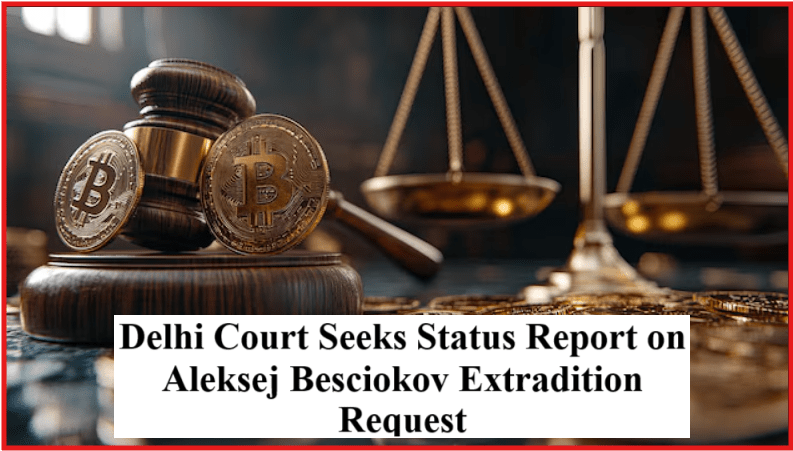PROTECTION OF ICONS OF MOBILE APPLICATIONS UNDER INTELLECTUAL PROPERTY LAWS IN CONTEXT TO ITS RELEVANCE IN THE DIGITAL AGE
Written by Utkarsh Singh Kachhawaha
INTRODUCTION
What are application icons? In simpler words these are visuals that represent any application or software and help people recognize them. So, we can say that they work in a way similar to that of trade mark which creates a distinct identity of the product in the mind of general public. According to research, a stunning icon might increase app downloads by 560%. This demonstrates the necessity of developing a visually stimulating app icon that tells the brand’s narrative, fits with the brand’s image, denotes the app’s function, and distinguishes itself from the competitors.
Also Read: THE NEW WAVE OF DIGITAL COPYRIGHTS, AN ANALYSIS
However, creating a flawless app icon alone is insufficient because it might be readily copied, terminating the uniqueness of the product. An ingenious approach to this issue is getting registered the symbol as a trademark.[1] Trademark registration helps prevent rivals from stealing an icon’s design. More businesses are increasingly opting to use exclusive trademark rights to safeguard their app icons. These examples of international brands include Amazon, Instagram, Netflix, TikTok, Google Chrome, ChatGPT etc. It’s also crucial to keep in mind that operating a company that makes use of several applications, the matter of protection of intellectual property from any prospective infringement by other parties shall also be considered.
IS PROTECTION PROVIDES TO APPS ICONS UNDER TRADE MARK ACT?
By their very nature, mobile applications are utilised all over the world, whereas trademark registrations are territorial. Therefore, a multi-national app has to be registered in all of the countries it is relevant to.
Under Clause (m) of sub-section (1) of section 2 of the Trade Mark Act of 1999, the word “mark” is defined, which says, any numerical, letter, signature, word, label and device are marks. It can be their mixture or individual with any color or combination of colors. Consequently, we may state that the app icons are under the purview of this concept. Thus, are protected under Trade Mark Act.
But that does not mean the same is protected at the international level and how can a proprietor get his/her apps icons protected internationally? As per Article 2 of the Paris Convention, 1883 the national treatment shall be provided to all the members of Paris Union i.e. similar protection shall be provided in regard to industrial property. But According to Article 6 of the Paris Convention, the same mark must be independently protected in several nations. Each member nation of the Union should have its domestic law, governing the requirements for trademark application and registration. The refusal or invalidation of a registration of a mark submitted by a member nation cannot, however, be justified because the application, registration, or renewal did not take place in the country of origin.[2]
The Madrid Agreement, signed in 1891, and the Protocol pertaining to that Agreement, signed in 1989, set forth the rules for the Madrid System for the International Registration of Marks. By acquiring an international registration that is valid in all specified Contracting Parties, the method enables the protection of a mark in a wide range of nations.[3] And being the signatory of the Madrid Protocol, an amendment was introduced in the Trade mark act of 1999 in 2010 which resulted in the insertion of chapter IV-A ( section 36-A to 36-G) which deals with the protection of trade mark through international registration. The few main points of this registration are-
For a registered trade mark under the trade mark act, an international application can be filed for registration as per the common regulation of international registration.[4]
Provision for application of domestic registration shall also apply to international applications.[5]
The registration of trade mark with the international bureau shall be protected for a period of 10 years, renewable before the expiry of the said 10 years infinitely.[6]
PROTECTION OF APPS ICONS UNDER COPYRIGHT AND DESIGN ACT
As mentioned earlier, it is very clear that the app’s icons are protected under trade mark laws but the question arises as to their protection under copyright laws and design laws. And the answer to that is yes but on the condition applied that it shall be proved that the apps icons are works of art as per the copyright Act and is a design under Design Act to get any protection but on the other side it is not practical to gain protection under copyright and design Act. As one can get more than one intellectual property rights on one item but cannot have multiple intellectual property rights on one subject matter. And regarding its impracticability is to the period and scope of protection which has greater scope in trade mark compared to copyright and design as the protection period under trade mark is 10 years from the date of application, renewable before the expiry of the said 10 years infinitely.
But a mobile app icon may also be protected as a creative creation or as a visual component that belongs to the author or designer. The Berne Convention may provide local or international protection for the app icon. According to the convention’s guiding principles, every work created in a contracting state is protected in all other contracting states and accorded the same privileges as works created by those nations’ own inhabitants (the “national treatment” concept).[7] If the symbol was created by a contractor, employee, or any other third party, the associated copyright and design rights must be formally transferred. In order to prevent future confrontations.[8]
CONCLUSION
The persona or picture used to symbolise an app on a user’s device is called an application icon, often known as an app logo. In addition to consumers’ initial glances within the App Store and Google Play Store, it also displays in the settings and search bar of a smartphone. Consumer-brand contact has been transformed by smartphones. App icons now play a crucial role in differentiating several competing programmes efficiently and are often needed to establish an image. They need to be treated similarly since they are the new trademarks. An unique image of an app is significantly affected by an app icons, the first impression from an app is from its icon as it is proven that human are more perceptive to visuals than reading any description, thus it has become important to have one own unique icons which represent its image in public and the protection of same has become equivalently relevant in today’s digital era where infringement and piracy of intellectual property has significantly shown a rise.
[1] Maitrayee Sinha, Trademark Registration of App Icons: Impact and Relevance in the Digital Age, sagacious IP, (June 6, 2023, 10.37 AM), https://sagaciousresearch.com.
[2] Paris Convention for the Protection of Industrial Property, 1883, article 6.
[3] Madrid Agreement Concerning the International Registration of Marks, WIPO-Administered Treaties, WIPO (June 12, 2023, 10.37 AM), https://www.wipo.int
[4] Trade mark act of 1999, s.36-D.
[5] Trade mark act of 1999, s.36-E.
[6] Trade mark act of 1999, s.36-F&G.
[7] Berne Convention for the Protection of Literary and Artistic Works, 1886, art. 2.
[8] Maitrayee Sinha, Trademark Registration of App Icons: Impact and Relevance in the Digital Age, sagacious IP, (June 12, 2023, 11.37 AM), https://sagaciousresearch.com.







